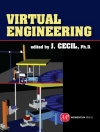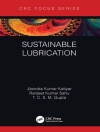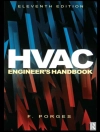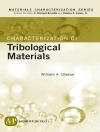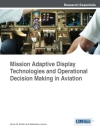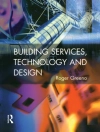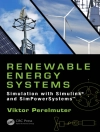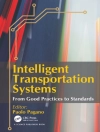This collection presents papers from a symposium on extraction of rare metals as well as rare extraction processing techniques used in metal production. Topics include the extraction and processing of elements such as antimony, arsenic, gold, indium, palladium, platinum, rare earth metals including yttrium and neodymium, titanium, tungsten, and vanadium. Rare processing techniques are covered, including direct extraction processes for rare-earth recovery, biosorption of precious metals, fluorination behavior of uranium and zirconium mixture of fuel debris treatment, and recovery of valuable components of commodity metals such as zinc, nickel, and metals from slag.
Tabella dei contenuti
Part 1. Rare Earth Element I.- The Demonstration Pilot Plant Results for the Search Minerals Direction Extraction Process for Rare Earth Recovery.- Selective Oxidation of Cerium in Rare Earth Solutions, a Comparison of Four Oxidants.- A study on the effect of crystal habit modifiers on the co-precipitation of REE with gypsum.- Beneficiation and Leaching Study of Norra Karr Eudialyte Mineral.- Review on the Processes for the Recovery of Rare Earth Metals (REMs) from Secondary Resources.- Selective Reduction and Separation of Europium from Mixed Rare-earth Oxides Recovered from Waste Fluorescent Lamp Phosphors.- Study of the Mechanochemical Calcification for Mixed Rare Earth Concentrate.- Part 2. Rare Earth Elements II and Platinum Group Metals.- Electrochemical Formation of Tb Alloys in Molten Li Cl-KCl Eutectic Melts and Separation of Tb.- Electrochemical and Spectroscopic Study of Eu(III)/Eu(II) Couple in the Ehtylmethylimidazolium Bis(trifluromethanesulfonyl)imide Ionic Liquid.- The Electrolytic Production of Rare Earths from their Oxides.- Commercial Processes for the Extraction of Platinum Group Metals (PGMs).- Recovery of Valuable Metals from Waste Printed Circuit Boards by Using Iodine-Iodide Leaching and Precipitation.- Cyclone Electrowinning of Amtimony from Antimonic Gold Concentrate Ores.- Part 3. Base and Rare Metals.- Thermodynamic Study of Ga Extraction for Trace Element Analysis by ICP-MS.- Electrodeposition of -Mn O2 from Manganese Nodule Leach Liquor: Surface Modification and Electrochemical Application.- Recovery of Manganese from Scrap Batteries of Mobile Phones.- The Management of Lead Concentrate Acquisition in “Trepca”.- The Recovery of Cesium Salts from the Taron Deposit.- Recovery of Lithium from Brine with Mn O2 Nanowire Ion Sieve Composite.- FEM Simulation of Nodulation in Copper Electrorefining.- Part 4. Ti, V, Mo & W.- Present Status and Development of Preparation Technologies of Titanium-rich Materials.- Effect of Ca O Additive on the Interfacial Reaction between the Ba Zr O3 Refractory and Titanium Enrichment Melt.- Extracting Uranium and Molybdenum from Refractory U-Mo Associated Ore.- Thermodynamics Analysis on the Process of Decarburization and Vanadium Protection by CO2.- Purification of a Nigerian Wolframite Ore for Improved Industrial Applications.- Extraction of Vanadium and Chromium from the Material Containing Chromium, Titanium and Vanadium.- Extraction Separation of V and Fe in High Acid and High Iron Solution.- Batch Studies for Removing Vanadium(V) and Chromium(VI) from Aqueous Solution Using Anion Exchange Resin.- Part 5. Poster Session.- Effects of Preoxidation on the Kinetics of Iron Leaching from Ilmenite in Hydrochloric Acid Solution.- Extraction of vanadium from vanadium-containing APV-precipitated wastewater by W/O microemulsion system.- Experimental Modeling of Nodulation in Copper Electrorefining.- Microfluidic Solvent Extraction of Zinc from Low Concentration Sulfate Solution Using D2EHPA.
Circa l’autore
The Minerals, Metals & Materials Society (TMS) is a member-driven international professional society dedicated to fostering the exchange of learning and ideas across the entire range of materials science and engineering, from minerals processing and primary metals production, to basic research and the advanced applications of materials. Included among its nearly 13, 000 professional and student members are metallurgical and materials engineers, scientists, researchers, educators, and administrators from more than 70 countries on six continents.


